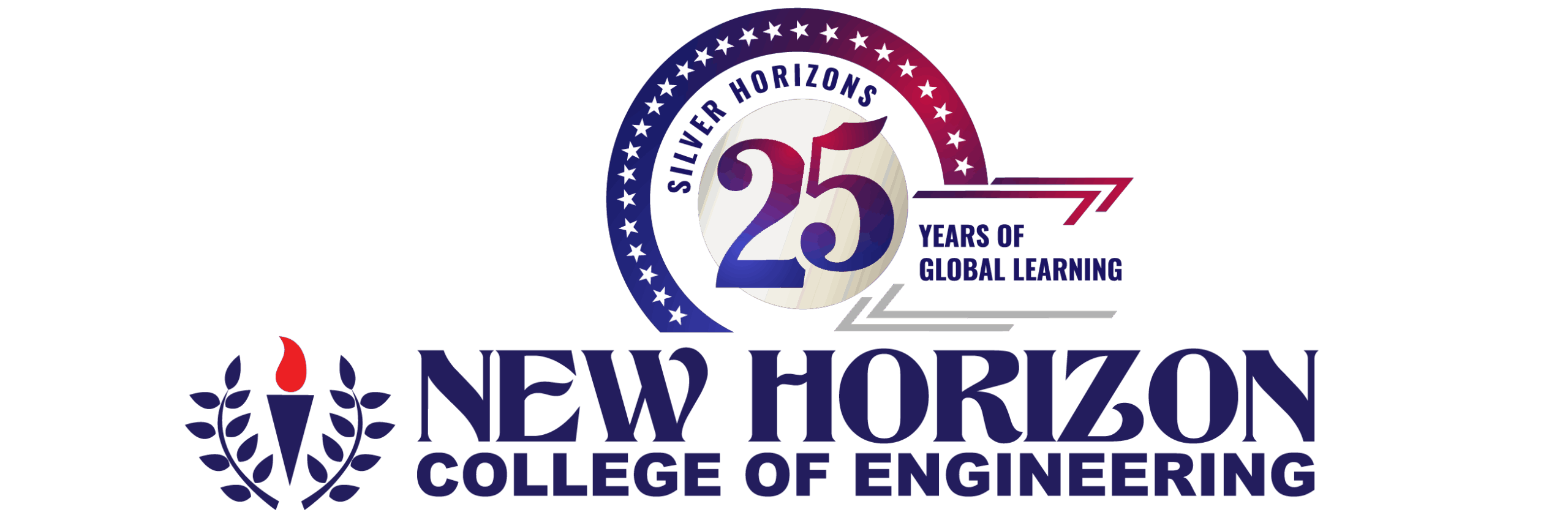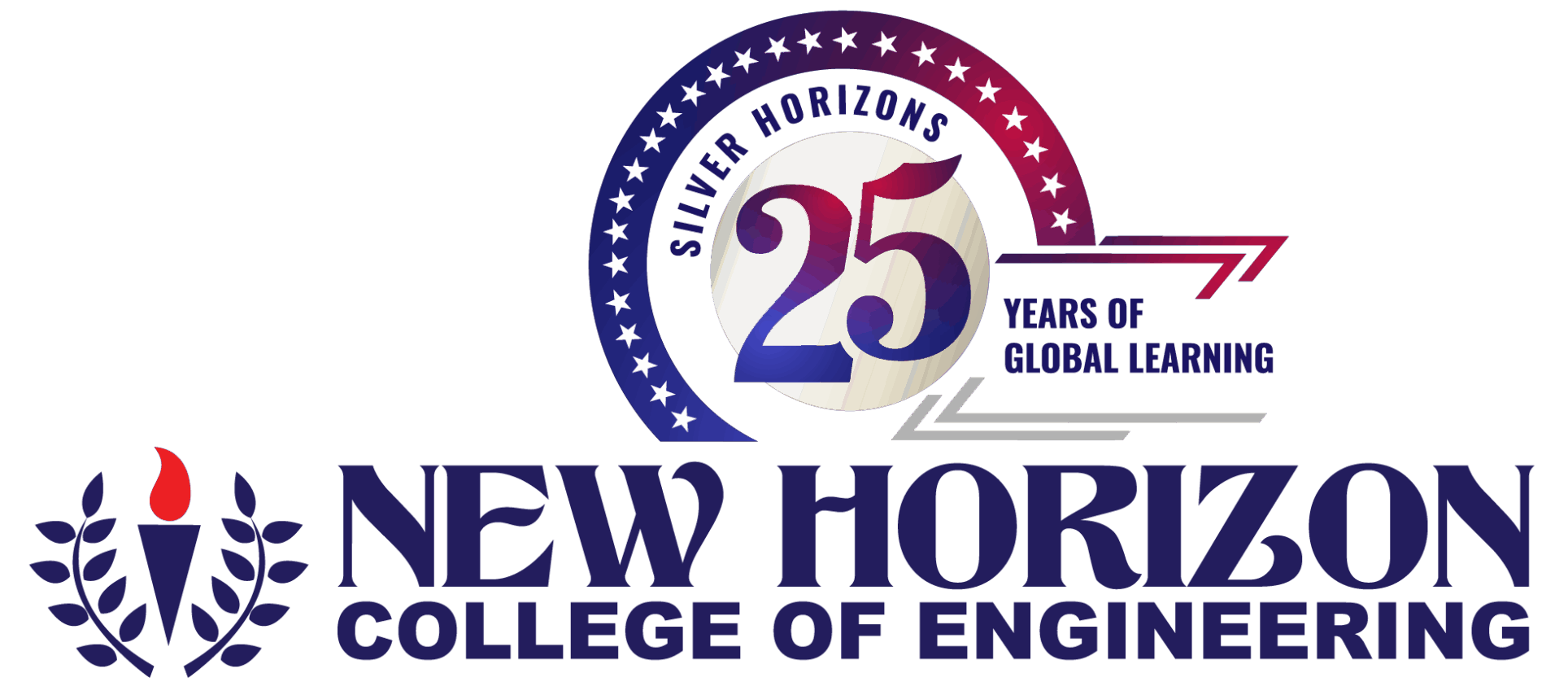ROBOTIC PROCESS AUTOMATION (RPA)
| VISION
To design the software bots to automate several tasks in specific order to meet the demanding needs of multi-disciplinary industry.
| MISSION
To enhance the problem-solving skills, critical thinking and design thinking skills for creating bots to serve in socio-economic perspectives.
| ABOUT THE COMPANY & LAB
Automation Anywhere was originally founded as Tethys Solutions, LLC in San Jose, by Mihir Shukla, Neeti Mehta Shukla, Ankur Kothari and Rushabh Parmani. The company rebranded itself as Automation Anywhere, Inc. in 2010.
As of early 2021, the company reported more than 2,800 current customers in 90+ countries. Customers cited in 2020 included Accenture, Boston Scientific, Cisco, Cognizant, Comcast, Dell EMC, Deloitte, Hitachi, IBM, Juniper Networks, LinkedIn, MasterCard, PricewaterhouseCoopers, Quest Diagnostics, Siemens, Stanley Black & Decker, Symantec, Tesco, Unilever, Volkswagen, Whirlpool, and the World Bank,[4] as well as the World Health Organization.
The company’s 2,100+ partner relationships include collaborations with Microsoft, Google, and Amazon Web Services to advance intelligent automation, and with Salesforce, to help its customers automate their front office business processes. In early 2021, the company had 110+ customers who are also partners.
About the RPA Lab:
Through this collaboration students are able to access the “Bot Lab” – a center of excellence that provides students – access to Automation 360 an RPA-as-a-service platform. This is the world’s only Cloud Native, Web based platform for end-to-end automation. This initiative helps students understand the RPA while working on building basic bots independently.
The students will also learn how:
- Business processes are identified and evaluated for automation
- Building bots can help solve time consuming and repetitive business processes and automate them
- To use recorders to capture actions
- To use the various action packages available within Automation 360 to automate and solve complex, repetitive, time-consuming business processes.
Students will also learn how to reuse bots for scalability and build resiliency within them.
- The learning programs will be offered to final and pre-final Undergraduate engineering students along with some Postgraduate students.
- Learning will be reinforced through concepts and walk-through demos.
Every faculty member will be given apt training to be able to understand each aspect of RPA.
The company’s Bot Store is the world’s primary and largest marketplace with over 1,200 pre-built intelligent automation solutions. Automation Anywhere has also created close to 3 million bots to support the world’s largest enterprises across all industries in over 90 countries. Through Automation Anywhere students can get brilliant placements as a preferred choice that takes them to the next level in the field. Click here for more.
About the Course
21CSE73XA – ROBOTIC PROCESS AUTOMATION
The learning outcomes are
| CO1 | Understanding the automation potential and realizing the value in RPA. |
| CO2 | Demonstrate good understanding RPA Platform Architecture and Components. |
| CO3 | Demonstrate good understanding of Recorders, Editor, and various essential Commands to build simple tasks / Bots for automating simple processes. |
| CO4 | Automating Tasks through office automation packages. |
| CO5 | Independently develop solution for automating the tasks. |
| CO6 | Demonstrate good understanding of RPA and its use cases. |
Highlights of RPA Lab
- Programming the bot – The programming language is a powerful interface for implementing programming bots. However, it requires relevant technical skills to accomplish a successful setup. The programming instructions inform the robot which codes to use, and what the ways to communicate with the program are.
- Graphical User Interface – Most RPA vendors offer solutions to program bots with drag & drop interfaces. Even an employee with fewer technical skills can set up simple bots.
- Recording Macros – Like macros feature in excel, RPA bots can record actions. In addition, the recorded actions can comprise any number of enterprise software like the one fetches data from CRM and merging it with a report in excel.
- Self-learning bots – It is the easiest way to deploy the bots. This kind of bots observes recorded employee activities to identify automatable tasks with the assistance of a human. Once bots are implemented, an orchestration component supports to start/stop robots and evaluates their activities.
Eight Best Practices for RPA Developers
- Begin with a high-level framework. …
- Break down processes into specific workflows. …
- Choose activities carefully. …
- Increase workflow readability. …
- Create configurable files. …
- Store reusable components. …
- Add logging into the workflow. …
- Build in error handling.
FAQ’s:
- What does RPA mean?
RPA stands for Robotic Process Automation.
- What does RPA stand for in technology?
RPA is a part of artificial intelligence. It is used to work on empowering customers through end-to-end business processes with software bots that perform repetitive manual tasks resulting in an increase in productivity, better customer experiences and engaged employees.
- Why should I learn RPA?
RPA allows students to work on building basic bots independently which makes them the first preference for every employer. So, a student’s knowledge, experience and opportunities increase as they learn RPA.
- Will this training assure me a job?
Yes, this training allows every student to enhance their skills and upgrade their knowledge in the field.

